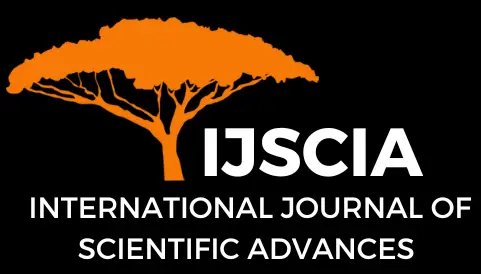Factors Affecting the Success Rate of Percutaneous Transluminal Angioplasty in Patients with Peripheral Arterial Disease Rutherford Degrees 2-6 At Prof. Dr. I G. N. G. Ngoerah Hospital Denpasar
Alex Toman Fernando1*, IGAB Krisna Wibawa2, Tjokorda Gde Bagus Mahadewa3
Abstract
Background: Peripheral arterial disease (PAD) is a growing arterial disease that becomes a problem at the age of >50 years. About 12% of the adult population worldwide is reported to be affected by PAD with equal prevalence between men and women and 50% of them are asymptomatic. Percutaneous Transluminal Angioplasty (PTA) has developed rapidly and from several sources, it is found that the success rate is quite high in handling complaints that can be monitored through the Ankle Brachial Index. Several factors that can affect the incidence of restenosis in PTA according to some literature include the levels of albumin, uric acid, potassium, ferritin, phosphorus, LDL, total bilirubin, and the length of atherosclerotic lesions. Method: This study used a retrospective cohort using secondary data in the form of medical records from January 2020 to June 2022. This study involved 46 samples of PAD patients who performed PTA. Data analysis in this study consisted of bivariate analysis and multivariate analysis using SPSS Windows version 24. Results: 32 (69.2%) PAD patients with Rutherford 2-6 had successful PTA outcomes based on improvement in ankle-brachial index (ABI) values before and after treatment. Multivariate analysis performed with a logistic regression test showed that lipid levels <160 independently increased the risk of successful PTA outcomes by 6.318 times higher than patients with a history of hyperlipidemia (adjusted p=0.047; CI95%=1.026-38.992). The number of single lesions also independently increased the risk of successful PTA outcomes by 8.941 times higher than patients with multiple lesions (adjusted p=0.033; CI95%=1.195-66.026). Conclusion: Patients with LDL levels <160 mg/dl and a single atherosclerotic lesion type are contributing factors to the success of PTA based on ABI in patients with Rutherford grade 2-6 PAD.
Keywords
percutaneous transluminal angioplasty; peripheral arterial disease; ankle-brachial index; Rutherford
Cite This Article
Fernando, A. T., Wibawa, I. K., Mahadewa, T. G. B. (2024). Factors Affecting the Success Rate of Percutaneous Transluminal Angioplasty in Patients with Peripheral Arterial Disease Rutherford Degrees 2-6 At Prof. Dr. I G. N. G. Ngoerah Hospital Denpasar. International Journal of Scientific Advances (IJSCIA), Volume 5| Issue 5: Sep-Oct 2024, Pages 894-902, URL: https://www.ijscia.com/wp-content/uploads/2024/09/Volume5-Issue5-Sep-Oct-No.663-894-902.pdf
Volume 5 | Issue 5: Sep-Oct 2024


